![Roden 1/32 L-19/O-1 Bird Dog Floatplane - Plastic Model Kit [629]](/assets/thumb/ROD629.jpg?20210309141627)
Roden 1/32 L-19/O-1 Bird Dog Floatplane - Plastic Model Kit [629]
$74.99
Description
In the late 1940s the Commander of the U.S. Air Force announced a competition for an aircraft to conduct air correction of artillery fire, which would also be used as a communications airplane. The need to develop a new plane was connected to the fact that the previous aircraft types in this category dated back to World War II and had an archaic design, including the use of such materials as wood and canvas, with which the flying surfaces were covered. The new aircraft was required to be all-metal. Of the proposals tendered, the winner was the Cessna company, which according to the specifications required for the new type significantly modified their earlier Model 170. Primarily the changes concerned the fuselage, improving the view towards both the upper and the rear hemisphere. The plane could transport a pilot and one passenger, or one wounded on a stretcher; for this purpose the cabin doors were enlarged and special mounting brackets were fitted. Series production of the new type, officially named the L-19/O-1 Bird Dog, began at the end of 1950, and soon the initial order of 418 units was increased to 3,600 planes, in light of its great potential. The O-1 was delivered not only to army aircraft and training departments, but also to units of the U.S. Marine Corps, where it was named the OE-1. In training units they were used purely for instrument training of pilots in flight conditions, and this variant was called the TL-19D. A small number of О-1s were converted into seaplanes to gain the ability to operate from water surfaces. For this, the usual wheeled undercarriage was removed, and replaced by floats. In order to improve the aerodynamic characteristics and counter the significant air resistance offered by the large volume of the floats, the vertical tail also underwent changes, it being necessary to install two small additional vertical fins. O-1E seaplanes could be flown from relatively small water areas, such as small lakes, or rivers with narrow channels. The use of machines of this type was rather limited, and the army did not show great interest in this type of design, and therefore the float-borne version of the aircraft, unlike airframes with conventional undercarriages, did not establish a place for itself. Today, there are only a few extant examples of these floatplanes, which are all privately owned by enthusiastic pilots.
Specifications
| Brand | Roden |






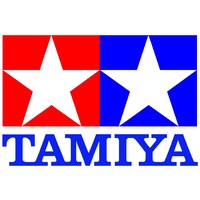




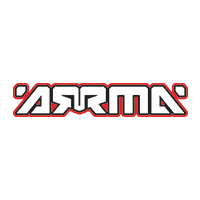
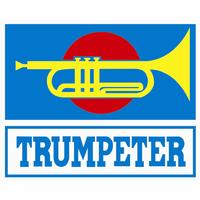


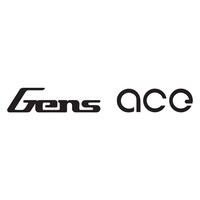


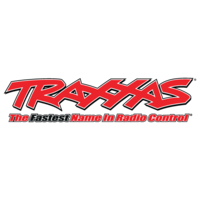







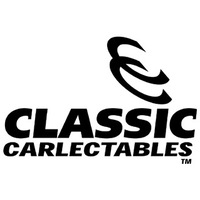






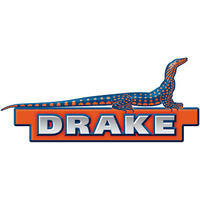

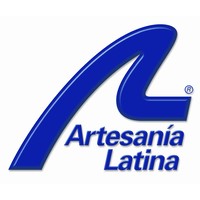


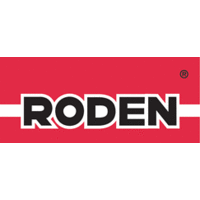
 Flat Rate
Flat Rate
![Deluxe Materials Plastic Kit Glue 20mL [AD70]](/assets/thumb/DM-AD70.jpg?20230421114526)



![Academy 1/48 P-38 Combination Version Lightning Plastic Model Kit [12282]](/assets/thumb/ACA-12282.jpg?20210309124205)











